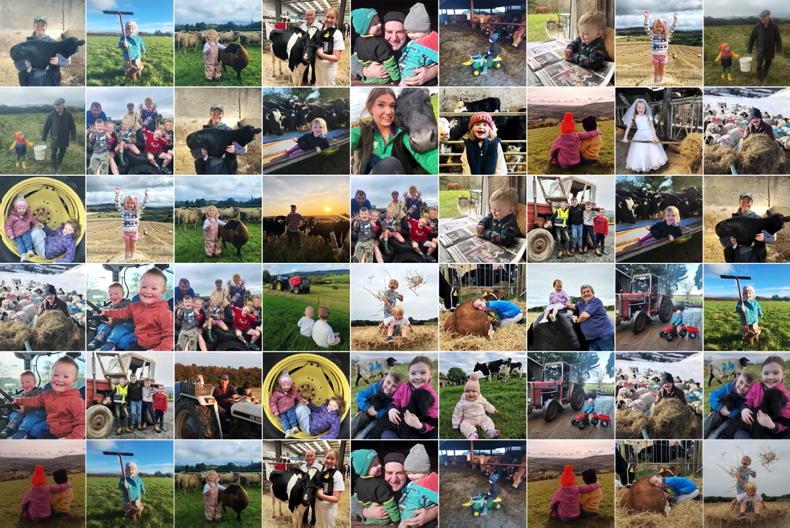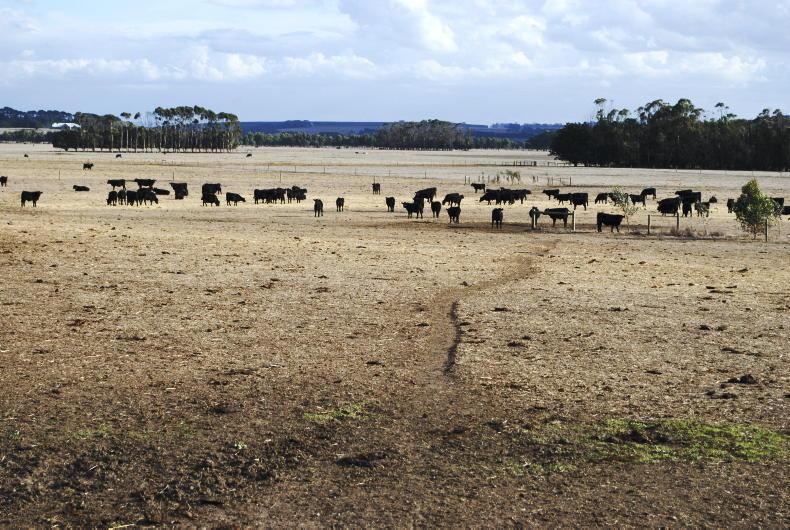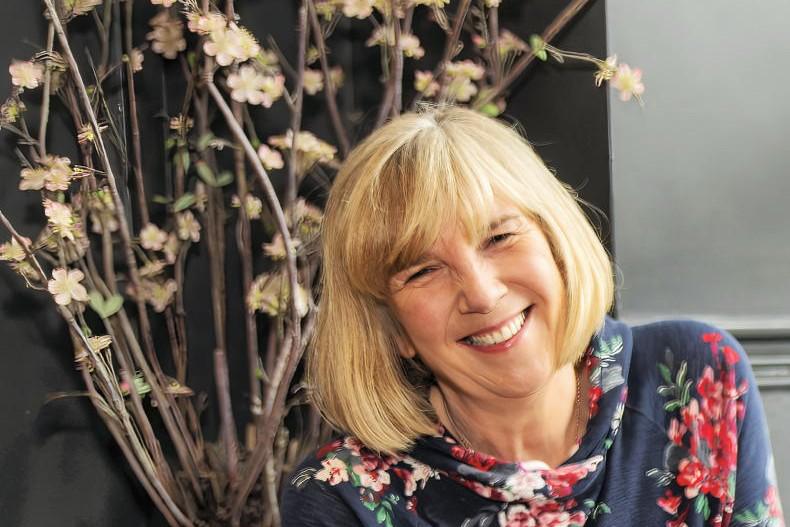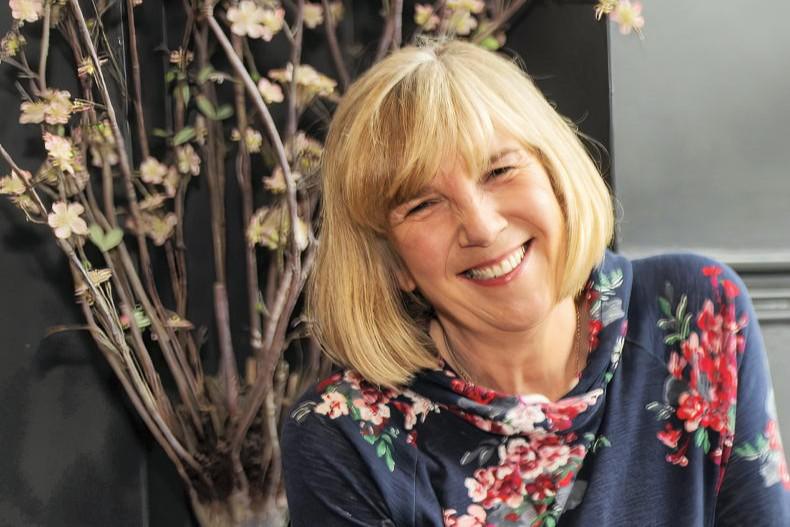If there was ever a month to fall in love, it would have to be the harvest month of August. The Lughnasa traditions began on Bilberry Sunday, with boys and girls climbing to the boggy hilltops in search of small wild bilberries (sometimes called “hurts” or “fraughans”).
The berries were notoriously difficult to find and the escapade was much more about the giddy frolic of young love than anything else. On descending the hilltops, many a relationship had been well forged.
In the time before the mechanisation of agriculture, neighbours would gather in meitheals to help each other with the cutting and stacking of the cereal crops. This was another opportunity for romantic unions to develop. The crops were grown on cultivation ridges and men would cut with a hook or sickle, with the women following behind binding the corn into sheaves. Drawn together and working in close proximity, (and whispering sweet nothings during the breaks), a well-matched young couple might move from admirers to lovers.
Regardless of such Lughnasa passions, it was considered bad luck to be married during harvest. One old proverb asserts: “The sheaf that is bound in the harvest will be opened in the spring”, while another proclaims: “Married in harvest: always poor, always gathering, never having anything.”
Worn proudly
Nevertheless, there was a recognised system for advertising new-found romantic allegiances in the form of the harvest knot. These woven love knots are without doubt some of Ireland’s most beautiful folk objects. They were fashioned dexterously from the harvest straw of wheat and oats and sometimes flax and fionán grass. The harvest knots came in two forms: those for the women had an intricate coiled weave of plaited straw with the ears of corn still attached, while those for the men consisted of a less elaborate coil of plaited straw devoid of the seed heads.
The straw was first soaked in water to make it supple. In the making of the distinctive female examples, anything from two to four lengths of cereal straw, with seed heads attached, were taken and fastened together just below the ears. In turn, the long, plaited weave was knotted, looped and coiled to manifest its distinctive form. The simplest double loop that resulted is a close approximation of a heart shape – the popular vernacular motif –representing the “linking together” of the two young lovers.
The assumption has been that the boys made the love knots and presented them to the girls. In the examples in our National Museum Collections, the presence of fine thread used to tie them might suggest that they may equally have been made by the girls. Whoever of the couple fashioned the straw knots, the girl wore hers in her hair or on her waist, while the boy displayed his proudly on his chest, signifying to the wider community that they were now a couple and both were spoken for.
Roots in plantations
The harvest knots are not unique to Ireland and their distinct distribution in the areas of Co Cork, Co Laois, Co Dublin and throughout the northern counties suggests that their introduction stems firmly from the era and heritage of the English and Scots plantations. In Britain, there is mention of what is termed the “true-loves’ knot”: a term derived from the Danish verb “trulofa”, which means to “pledge one’s truth”. The motif of the never-ending knot has a long heritage in north European iconography and symbolism and has been used to symbolise eternal love for centuries. In England, at weddings, bride favours consisted of various knots and ties of coloured ribbons and were distributed amongst the assembly as an affirmation of the couple’s marital pledge.
The Irish love tokens of Lugnasadh may well have held the same significance, but whatever their meaning and antiquity, the looped straw plait is an object that inexorably transports one into the rural past.
Shane Lehane is a folklorist who works in UCC and Cork College of FET, Tramore Road Campus. Contact: shane.lehane@csn.ie
Read more
Folklore with Shane Lehane: the bog in May
Folklore: Irish pancakes – different to the French counterparts
If there was ever a month to fall in love, it would have to be the harvest month of August. The Lughnasa traditions began on Bilberry Sunday, with boys and girls climbing to the boggy hilltops in search of small wild bilberries (sometimes called “hurts” or “fraughans”).
The berries were notoriously difficult to find and the escapade was much more about the giddy frolic of young love than anything else. On descending the hilltops, many a relationship had been well forged.
In the time before the mechanisation of agriculture, neighbours would gather in meitheals to help each other with the cutting and stacking of the cereal crops. This was another opportunity for romantic unions to develop. The crops were grown on cultivation ridges and men would cut with a hook or sickle, with the women following behind binding the corn into sheaves. Drawn together and working in close proximity, (and whispering sweet nothings during the breaks), a well-matched young couple might move from admirers to lovers.
Regardless of such Lughnasa passions, it was considered bad luck to be married during harvest. One old proverb asserts: “The sheaf that is bound in the harvest will be opened in the spring”, while another proclaims: “Married in harvest: always poor, always gathering, never having anything.”
Worn proudly
Nevertheless, there was a recognised system for advertising new-found romantic allegiances in the form of the harvest knot. These woven love knots are without doubt some of Ireland’s most beautiful folk objects. They were fashioned dexterously from the harvest straw of wheat and oats and sometimes flax and fionán grass. The harvest knots came in two forms: those for the women had an intricate coiled weave of plaited straw with the ears of corn still attached, while those for the men consisted of a less elaborate coil of plaited straw devoid of the seed heads.
The straw was first soaked in water to make it supple. In the making of the distinctive female examples, anything from two to four lengths of cereal straw, with seed heads attached, were taken and fastened together just below the ears. In turn, the long, plaited weave was knotted, looped and coiled to manifest its distinctive form. The simplest double loop that resulted is a close approximation of a heart shape – the popular vernacular motif –representing the “linking together” of the two young lovers.
The assumption has been that the boys made the love knots and presented them to the girls. In the examples in our National Museum Collections, the presence of fine thread used to tie them might suggest that they may equally have been made by the girls. Whoever of the couple fashioned the straw knots, the girl wore hers in her hair or on her waist, while the boy displayed his proudly on his chest, signifying to the wider community that they were now a couple and both were spoken for.
Roots in plantations
The harvest knots are not unique to Ireland and their distinct distribution in the areas of Co Cork, Co Laois, Co Dublin and throughout the northern counties suggests that their introduction stems firmly from the era and heritage of the English and Scots plantations. In Britain, there is mention of what is termed the “true-loves’ knot”: a term derived from the Danish verb “trulofa”, which means to “pledge one’s truth”. The motif of the never-ending knot has a long heritage in north European iconography and symbolism and has been used to symbolise eternal love for centuries. In England, at weddings, bride favours consisted of various knots and ties of coloured ribbons and were distributed amongst the assembly as an affirmation of the couple’s marital pledge.
The Irish love tokens of Lugnasadh may well have held the same significance, but whatever their meaning and antiquity, the looped straw plait is an object that inexorably transports one into the rural past.
Shane Lehane is a folklorist who works in UCC and Cork College of FET, Tramore Road Campus. Contact: shane.lehane@csn.ie
Read more
Folklore with Shane Lehane: the bog in May
Folklore: Irish pancakes – different to the French counterparts









SHARING OPTIONS